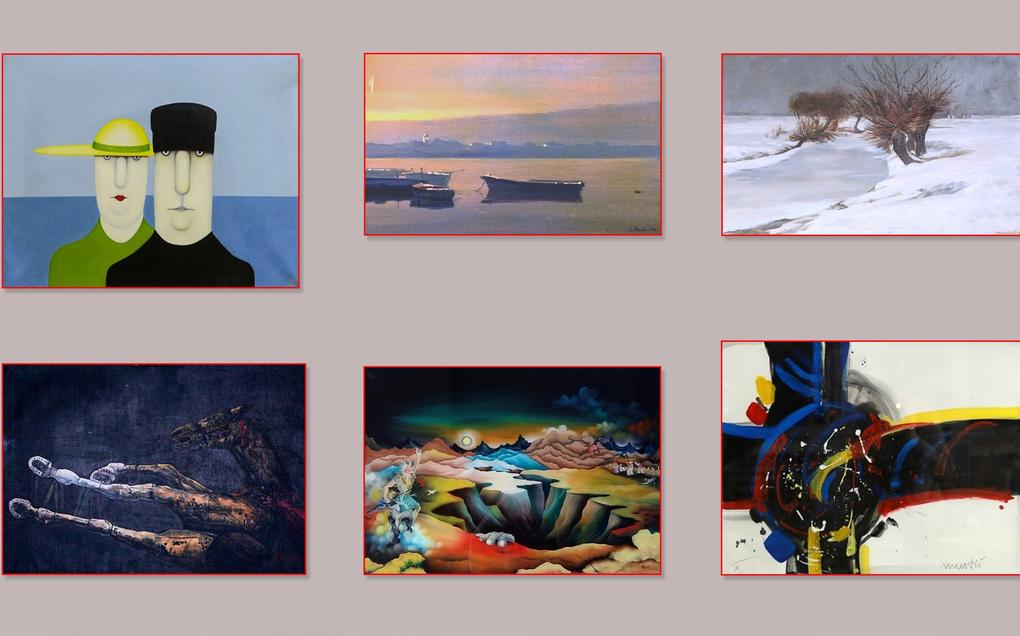Alternative biographies
Marija Giorgi Bona

Photo gallery
In 17th, 18th and 19th centuries, a few of the Ragusan women were equal among Dubrovnik literary figures. The Ragusan society managed to preserve the strict division between the private and public spheres, but 18th century introduced some changes. If freedom used to mean the power to willingly put oneself, as an individual, in a submissive position and live one’s life in accordance with strict social roles, the new age understood freedom in a completely opposite way – as power to expose social roles, and put oneself as an individual to the forefront. Marija Giorgi Bona lived at the intersection of these two worlds. She was born in Dubrovnik in 1754 as the only daughter of Nikola Gučetić (Gozze) and Kata Sorkočević (Sorgo). She entered into an arranged marriage with Luko Giorgi Bona in 1773. Luko resisted his father’s wishes for a long time because he did not want to enter into this marriage, but he eventually succumbed to his father’s will. From Marija’s extant letters, we can see this was an unhappy marriage. Although they had four children, two sons and two daughters, they stayed together only because of social convention. After she married, her father gifted her his property, so at 19-years-old she was able to purchase the highest quality goods, from valuable artistic objects to rare book. She owned a valuable private library, and from titles of books and magazines in the extant catalogue we can see that she read Latin, Italian, French and English. The catalogue demonstrates the breadth of her education, beginning with works of classical philosophers and writers to contemporary English and French authors. We can draw a clear conclusion from records of her contemporaries that Marija Giorgi Bona was one of the more important persons in the social and cultural life of late 18th century Dubrovnik. The intellectual elite of Dubrovnik gathered in palatial salons, as well as patrician summer residences situated in cultivated natural landscapes. The strict division between the private and public spheres faded in these places, because in discussions about science, philosophy, art, economy, but also politics, women and men were completely equal. In her salon, Marija Giorgi Bona also organized chamber music concerts – her orders of Mozart’s sonatas and Beethoven’s piano variations are extant, and besides local learned people, her salon was also often attended by renowned persons from all over the world, like the Venezuelan general Francisco de Miranda or Alberto Fortis, who found her impressive. Self-confidence and courage this woman possessed could be seen in many examples. Thus, Marija agreed to the marriage of her daughter and a French officer, who was considered the leader of the Masonic lodge in Dubrovnik, at the exact time of the French occupation of Dubrovnik. To break the centuries-old exogamy rule that said a noblewoman was only allowed to marry a nobleman, even if they were related – during the time of occupation, surely meant that she would face harsh condemnation of her class peers, and was something only the strongest could withstand. With the fall of the Republic and the general decadence of Dubrovnik, Marija’s intellectual society also ebbed away, and the life of this exceptional woman slowly became completely isolated. Marija Giorgi Bona died in Dubrovnik in 1839.








